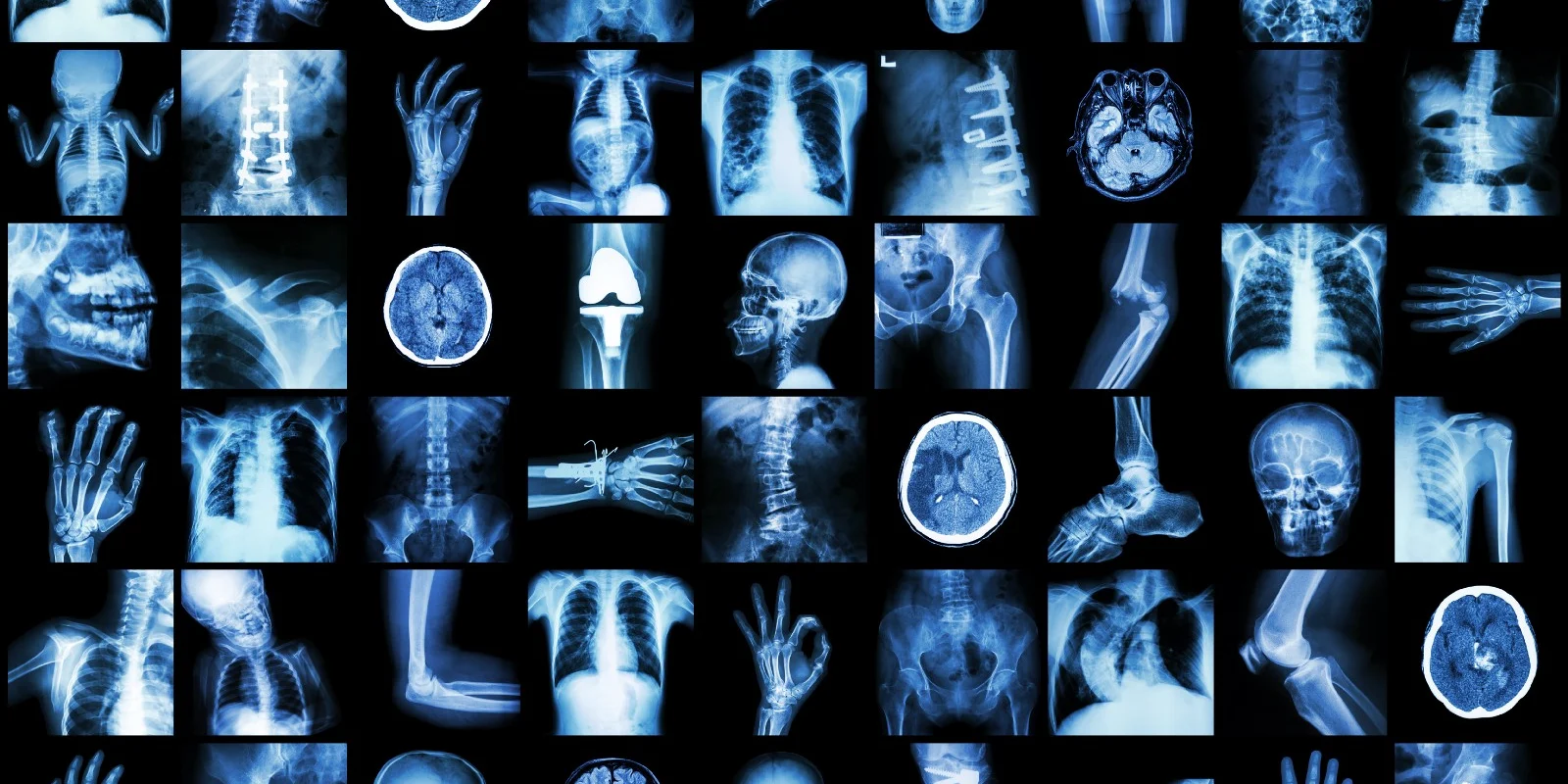
“Do I have to get an x-ray?”
“Yes. I always ask for x-rays with very few exceptions.”
“Ok. But can you tell me why? I know it’s not broken.”
“Sure. It may not be broken, but even a negative x-ray tells me a lot.”
I hope that this is enough to move on. But increasingly with patients more concerned about costs under higher deductible insurance plans, some are inclined to press a little further.
There is a technical reason. In orthopedics, x-rays are the currency of the realm because they are the panoramic overview of a bone or joint and the surrounding soft tissue and because a “normal” x-ray tells me about all the things you do not have. Things like osteoarthritis, rheumatoid, sarcomas, benign tumors, dysplasia, osteopenia, rickets, etc. in a relatively cheap, timely, and effective manner.
But that’s boring. No one wants to talk about how a negative test rules out a disease. Not even me.
So I lean in, look at them a little askance, like I’m about to spill the big secret, and say, “It’s because they tell me your story.”
“What do you mean?”
I think to myself that there is no way this is a 15-minute visit anymore. Still, the principle is more important to me than the “99203 Level 3 New” the EMR has attached to the visit.
“I mean that what you know determines what you see.”
I cannot remember where I picked that line up, but it’s definitely not my own. It must have been in training. It must have been the same time I saw this game played for the first time. It must have been at weekly fracture conference on a Monday afternoon, that beautiful mid-afternoon sun hidden behind the curtains, the dull fluorescent lights low, the beige folding walls of the conference room, the pasty taste of day-old, previously-burned now-cold coffee on your tongue, the fatigue setting in.
One of the junior residents is flipping through the x-rays of all the trauma cases which were treated that week, droning on in a monotone hoping to avoid being stopped, and then suddenly, someone would interrupt. Everyone would stir in their chairs a bit.
The attending surgeon would ask the medical student, “Tell me what you see in that x-ray?”
The medical student, if they were awake, or any good, would say something like, “This appears to be an AP and lateral view of a skeletally mature individual with a transverse midshaft fracture of the tibia. It looks displaced, and uh, angulated. And there is a fracture of the fibula.”
They would do this because that is what’s in the textbook. That’s how you describe the fracture, and the student specifically wants to demonstrate that they read the book. He or she is really telling their own story about paying attention, being prepared, and learning.
And then to the junior resident, she would ask the same thing, “Tell me what you see in that x-ray?”
“The fracture is not particularly comminuted, definitely displaced more than is acceptable for closed management, and I would treat the fracture with an intramedullary nail.”
He didn’t even answer the question. Not really. He was just thinking about operating. As a junior resident that is often your story. You would operate on something, anything, if someone would let you.
On to the senior resident, “What do you see in that x-ray?”
They pause. Think a moment. “I see a transverse fracture at the same level in both bones, so this is a higher energy fracture, there is a lot of soft tissue swelling so I would be concerned about a developing compartmental syndrome, and maybe just a hint of air in the soft tissues so I would be thinking about it being open anteriorly. I would be prepared for those things. It looks like he has some Osgood-Schlatter’s disease there on his tibial tubercle for what that’s worth.”
That’s pretty good. She’s looking past the obvious thing, the bone, and seeing what the fracture pattern says about the injury and what other issues may complicate the case and the management of the whole patient.
And then the attending looks at their colleague across the room. “Sean, what do you see here? What are you thinking about in this x-ray?”
“Well,” He leans back in his chair, squints at it a bit. “This guy is really skinny. I mean, his leg is really small. I would say ‘his’ because the tibia looks a little varus which would be more common in a man. The x-ray was taken at 5:30 in the morning so it would have still been pretty early, but not leaving-the-bar early. Maybe he’s a runner. He’s out running in the morning, it’s still dark at that time. Maybe he’s out running and he’s got his headphones in and he runs out in the street and a car is coming across the intersection. That little butterfly piece tells me the compression side of the fracture was in the front. So maybe he has enough time to turn and face the car, so he is hit in the front of the leg instead of the side and maybe he has a fracture just like this on the other side. I don’t know. Maybe he has fractures in his wrists from trying to catch himself on the hood or maybe he gets rolled up and over the hood. The x-ray quality isn’t perfect and the x-ray tech whose initials are on the film usually does a great job, so maybe they were in a hurry. Yes, he has the developing compartmental syndrome, yes, it’s probably an open fracture. But he probably has other injuries too, so they are crashing him to the OR and that’s why they don’t get good x-rays. The fracture is low so the car was small, not like a big truck. Maybe a Toyota Camry, something like that.”
He trails off and the room falls quiet. The resident presenting the case coughs a little and speaks up.
“Actually sir, it was a Honda Civic.”
The medical students cannot contain themselves and wonder if it’s some kind of joke. But it’s not. Sean has seen this before. He recognizes the pattern.
It’s not always that dramatic, of course. But our bodies do accumulate the bumps and scars that reflect the events in our lives. An x-ray is one way to get to your story, and most of us in medicine are here because we like a good story.
Brian Gilmer, MD is an orthopedic surgeon in Mammoth Lakes, CA. He is a 2018–2019 Doximity Author.







